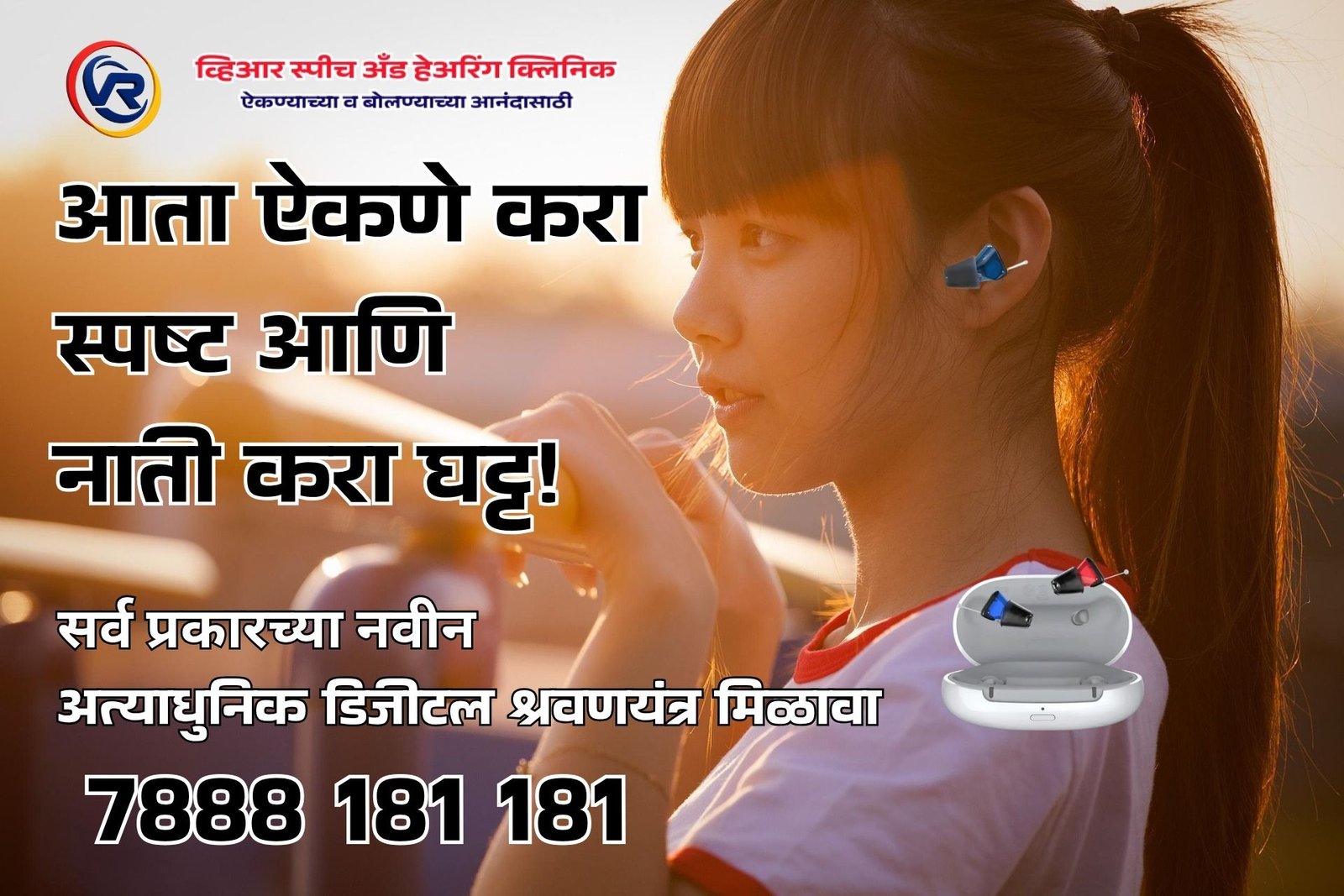Let’s be honest: hearing aids aren’t exactly dinner-table conversation. But maybe they should be. In India, 1 in 5 people over 60 experiences some form of hearing loss. Many don’t realize it—or simply ignore it because, well, it feels awkward. And when they do start looking for solutions, the jargon alone can feel like a test you never studied for.
Let’s simplify things. If you’ve heard of BTE hearing aids (that’s Behind-The-Ear) and aren’t sure if they’re right for you, you’re in the right place. No jargon. No sales pitch. Just what you need to know.
Contents
What Is a BTE Hearing Aid?
A BTE hearing aid sits snugly behind your ear. A small tube runs from it into your ear canal, connecting either to a soft dome or a custom earmold.
BTEs have been around for decades—but don’t let that fool you. Today’s models are far from the clunky devices of the past. They’re lighter, smarter, and surprisingly discreet.
Wondering how they differ from RIC (Receiver-in-Canal) hearing aids? Here’s the quick version:
RIC places the speaker directly in your ear canal.
BTE keeps all the components behind the ear and sends the sound in via a tube.
In short: BTEs are often more powerful, making them the “workhorse” of hearing aids—reliable, durable, and effective.
Who Should Consider a BTE Hearing Aid?
BTE hearing aids are usually recommended for people with moderate to severe hearing loss. They’re ideal if you need more amplification or have trouble handling tiny in-ear devices.
If you get a BTE with a custom earmold, it’s for a snug, secure fit. Earmolds are especially useful if your ear canals are unique in shape or if you need a device that stays comfortably in place all day.
Key Features Worth Considering
Not every feature matters to everyone, but these are genuinely useful:
Directional microphones – help you hear conversations in noisy environments.
Feedback cancellation – eliminates that annoying high-pitched squeal.
Rechargeable batteries – no more fiddling with tiny replacements.
Bluetooth connectivity – stream calls, music, or TV directly.
Telecoil – for places with induction loop systems like theatres or churches.
Simple can be better. Pick features that fit your lifestyle.
Fitting a BTE Hearing Aid
Proper fitting is key—it’s not just about size. Comfort, settings, and how your brain adjusts to sound all matter.
Here’s the usual process:
Hearing test – a full evaluation by an audiologist.
Device recommendation – based on your hearing needs.
Earmold impression (if applicable) – a quick, painless mold of your ear.
Tuning – your device is programmed, with follow-ups to adjust for comfort and clarity.
Your brain will need time to adjust. Hearing isn’t just about volume—it’s about processing sound, which takes practice.
Price Range in India
BTE hearing aids in India can range from ₹13,000 for basic models to ₹2,00,000+ for advanced tech. More expensive doesn’t always mean better—it depends on the features, service, and follow-up care included.
A heads-up: most health insurance policies don’t cover hearing aids, though some employers might.
BTE vs RIC – Quick Comparison
RIC hearing aids are smaller and more modern-looking, but:
They aren’t as powerful for severe hearing loss.
Parts in the ear canal are more exposed to wax and moisture.
If you want simple, sturdy, and effective, a BTE hearing aid is often the safer choice.
Final Thoughts
No hearing aid is perfect. You’ll still miss some sounds. But a BTE hearing aid can make a real difference—steady, reliable, and life-enhancing.
Start by consulting a trusted audiologist. Ask questions. Try a few models. And don’t worry if the first one isn’t perfect—that’s normal.
Hearing loss can feel isolating. The right hearing aid can help you reconnect with life, conversations, and the people you care about most.
Vr Speech And Hearing Clinic, Wakad, Pune – helping you hear life clearly, one sound at a time.


